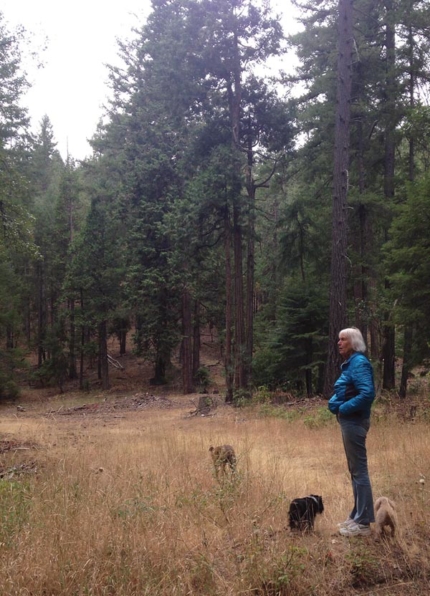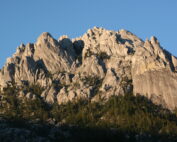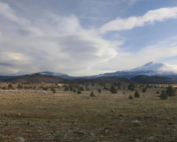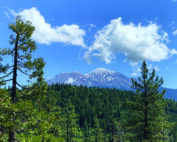 Across Siskiyou County are many landowners that have a strong connection to the land that they own. Some of these lands are working agricultural or woodland landscapes that have supported generations of families, while others are simply special places with scenic, ecological or recreational value. People who want to conserve and protect their land into the future sometimes need financial assistance or someone to carry forward their wishes. Without help from an organization like the Siskiyou Land Trust, all too often these special places disappear forever.
Across Siskiyou County are many landowners that have a strong connection to the land that they own. Some of these lands are working agricultural or woodland landscapes that have supported generations of families, while others are simply special places with scenic, ecological or recreational value. People who want to conserve and protect their land into the future sometimes need financial assistance or someone to carry forward their wishes. Without help from an organization like the Siskiyou Land Trust, all too often these special places disappear forever.
The Siskiyou Land Trust protects land in many different ways. It can happen through ownership when SLT buys or accepts donations of land. It can happen when SLT helps landowners create conservation easements or other instruments such as a trail easement. Often SLT accepts the ongoing responsibility for such easements, a commitment to see the land cared for in sustainable manner, many times in partnership with the landowner.
Once we own land or an easement, we become responsible for seeing that it is conserved according to established objectives. This is accomplished through annual monitoring of the land and as needed stewardship activities. This ensures that the promises to protect are kept. The Land Trust also helps educate landowners and the public about the benefits of conserved land, including: protection of ecological values, enhancement of recreational opportunities, preservation of scenic viewshed, and maintenance of open space. We work closely with landowners to tailor a conservation plan to meet their individual situation and financial circumstances, and determine the property’s values.
What Is a Conservation Easement?
The Siskiyou Land Trust receives lots of inquiries from landowners imagining that their lands may make a good candidate for conservation. A conversation begins, and there are a lot of upfront questions to be answered.
- What are the ecological values of the land
- What is the monetary value of the land
- Are there any tax benefits
- What real estate instrument is acceptable to both the landowner and the Land Trust
- What are the timeframes…and so forth.
This discussion between the landowner and the Land Trust is to see if both parties can formally agree to proceed. Agreement to proceed turns the inquiry into a project, which is documented in a written project agreement. Many inquiries do not lead to an agreement – but it is not a futile process. Both parties learn something from the experience. Many times the Land Trust is able to point the landowner to another conservation entity or conservation tool to better meet their objectives. Sometimes the land does not meet established Land Trust criteria and priorities. Other times the landowner changes his or her mind, and decides to pursue other avenues.
Click here to view SLT’s work on easements.
What Is a Public Space?
A project becomes a holding when all of the appraisals and other real estate transactions are completed. The deeds, easements or other instruments have been recorded with the County, and any funds have gone through escrow and have been deposited in the appropriate accounts. The completion of these tasks doesn’t mean that the Land Trust’s work is done – far from it. It means that the Land Trust now has the responsibility to see the land cared for in sustainable manner, many times in partnership with the landowner if they retain partial ownership. Many holdings are monitored on an annual basis, where upon changes can be compared to baseline conditions documented pursuant to the project agreement. Also, stewardship funds or other funds may be used to manage the land, such as treatment of invasive weeds or the reduction of hazardous fuels.




